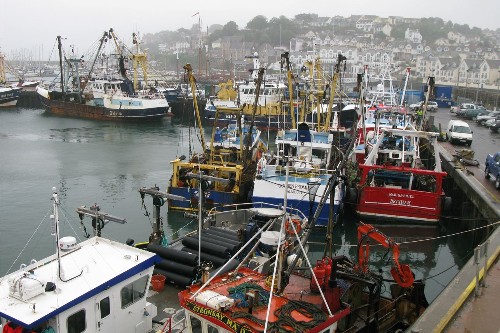By confirming temperature as a key driver of large-scale spatial variation in fish assemblages the study was able to use future climate projections to predict where species will be most common by 2050 and 2100. The results show that overall, the greatest community-level changes are predicted at locations with greater warming, with the most pronounced effects further north - at higher latitudes.
The study was the first of its kind to use data from fisheries surveys over such a wide area to assess how environmental variation drives species distributions. The study included 198 marine fish species from 23 surveys and 31,502 samples collected by fisheries scientists between 2005 and 2018.
Martin Genner, Professor of Evolutionary Ecology at the University of Bristol’s School of Biological Sciences, who guided the research, said: “This unique study brings together fisheries survey data from across this vitally important marine ecosystem. Using this information, we are able to conclusively demonstrate the broad scale importance of sea temperature in controlling how fish communities assemble.”
Louise Rutterford, lead author of the study that was conducted at both Bristol and Exeter Universities explains: “The team’s analysis showed how temperature proved to be the most critical variable for determining where species are found, with water depth and salinity also being important factors. This enabled us to use predictive models to learn more about how fish will respond to climate warming over the coming decades.”
Professor Steve Simpson, who supervised the research, added: “The study adds to a growing body of evidence indicating that future climate-driven warming will lead to widespread changes in fish communities, potentially resulting in changes to the catches of commercial fisheries across the region.”
The study was funded by the Natural Environment Research Council [NERC] and the UK Government Office for Science.
Paper:
‘Sea temperature is the primary driver of recent and predicted fish community structure across Northeast Atlantic shelf seas’ by Louise A. Rutterford, Stephen D. Simpson, Bjarte Bogstad, Jennifer A. Devine and Martin J. Genner in Global Change Biology.
